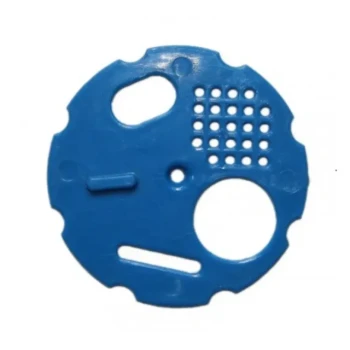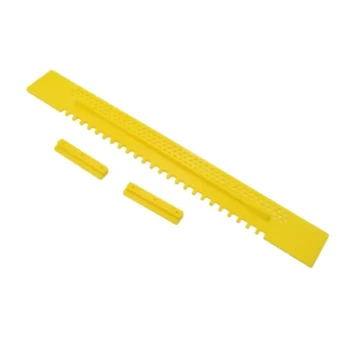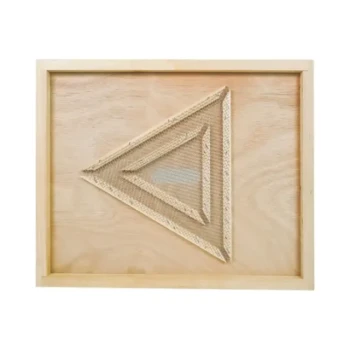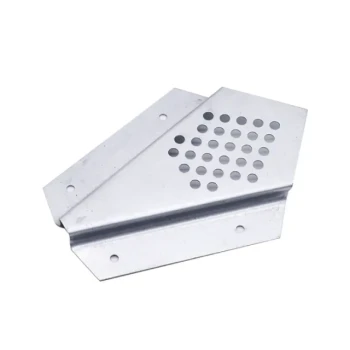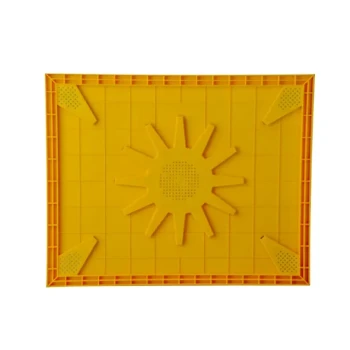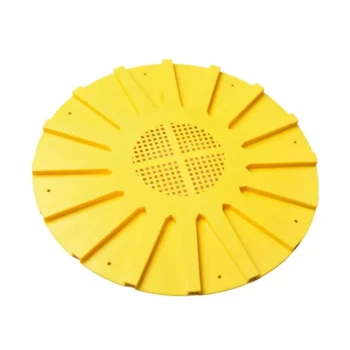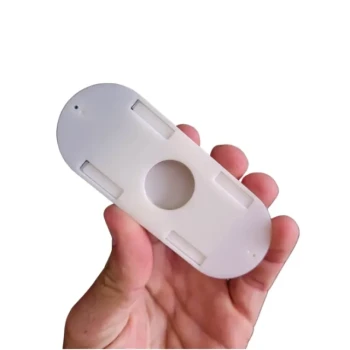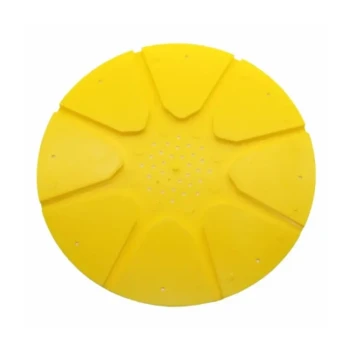For a standard Australian native stingless bee hive, the recommended entrance hole size is 13mm (approximately 1/2 inch) in diameter. This specific dimension is a well-established standard for the most commonly kept species, such as Tetragonula carbonaria and Tetragonula hockingsi. The entrance is typically drilled into the base of the hive box.
The size of a hive entrance is not an arbitrary number; it is a critical design choice that balances the bees' need for efficient access against their ability to defend the colony from pests and environmental threats.
The Rationale Behind the 13mm Standard
The 13mm hole has become the default for a reason. It represents an optimal compromise discovered through decades of observation and hive-building practice for Australian stingless bees.
Targeting Specific Bee Species
The term "native bee" is broad, but in the context of a "hive," it almost always refers to social, stingless bees. The 13mm entrance is specifically tailored for the body size and traffic patterns of common Australian species in the Tetragonula and Austroplebeia genera.
Balancing Access and Defense
The entrance must be large enough for bees to move in and out without creating a bottleneck, especially when they are returning with bulky loads of pollen and resin. However, it must also be small enough for the guard bees to effectively defend against intruders. A 13mm hole is a proven "sweet spot" that serves both functions well.
Facilitating Guard Duty
Stingless bees post guards at the entrance to inspect incoming bees and repel threats. A small, defined tunnel allows a few guards to effectively block access to much larger predators or pests, such as hive beetles, phorid flies, and ants.
Critical Considerations Beyond Hole Size
A successful entrance is more than just a hole. Its placement and protection are just as important for the long-term health of the colony.
Entrance Placement
Placing the entrance hole in the base or bottom box of the hive is standard practice. This position is less likely to allow rainwater to run down the face of the hive and directly into the entrance, which could flood the brood chamber.
Protection from Rain
Water is a major threat to a bee colony. As the reference material suggests, inserting a short length of 13mm irrigation hose or pipe into the entrance is a simple and highly effective upgrade. This creates a short, waterproof tunnel, often angled slightly downwards, which prevents wind-blown rain from entering the hive.
Preventing Pest Invasions
A properly sized entrance is the hive's primary defense. If the hole is too large, it creates a vulnerability that pests can exploit. A tight, easily guarded entrance is crucial for preventing robbing from other hives and infestations that can lead to colony collapse.
Understanding the Trade-offs
Choosing the wrong entrance size or failing to protect it can have significant consequences. It's important to understand the risks involved.
The Risk of Going Too Large
An entrance significantly larger than 13mm makes defense nearly impossible. The small guard force would be overwhelmed, leaving the hive's precious resources of honey, pollen, and brood vulnerable to attack. This is one of the most common mistakes made by new hive builders.
The Risk of Going Too Small
An entrance that is too small can cause traffic jams, slowing down the colony's foraging efforts and reducing its productivity. Bees might struggle to pass each other, and those carrying large pollen sacs could get stuck or damaged. While less catastrophic than a large hole, it hinders the colony's growth.
Recognizing This is Not a Universal Size
It is critical to remember that the 13mm standard applies specifically to social, stingless bees commonly kept in hives in regions like Australia. Solitary native bees, which you might attract with a "bee hotel," use a vast range of much smaller holes (from 2mm to 10mm) depending on the species.
Making the Right Choice for Your Hive
Your goal determines the correct approach to the hive entrance. Follow these guidelines to ensure you are setting your bees up for success.
- If your primary focus is keeping Tetragonula stingless bees: Use a 13mm drill bit for the entrance hole and install a short, slightly angled pipe to protect it from rain.
- If you are building a hive for a different type of social bee: You must research the specific requirements for that species, as entrance size may vary.
- If you are trying to attract local solitary bees: Build a bee hotel with a variety of hole sizes ranging from 3mm to 10mm, not a single-entrance hive.
Ultimately, a well-designed entrance is the gateway to a healthy, defensible, and thriving native bee colony.
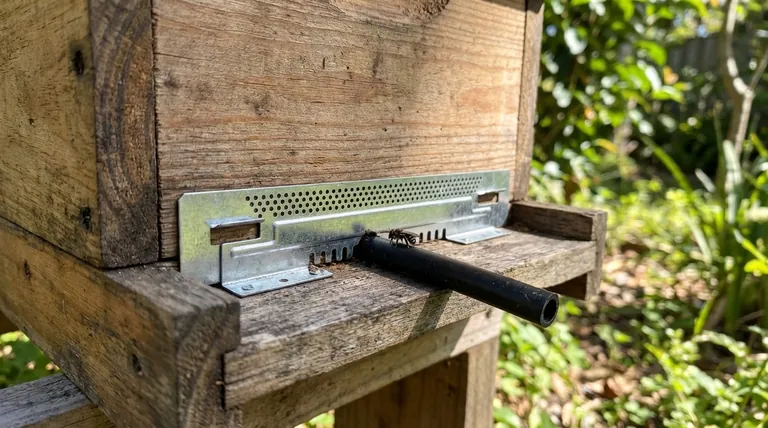
Summary Table:
| Feature | Specification | Key Reason |
|---|---|---|
| Recommended Size | 13mm (approx. 1/2 inch) | Optimal for bee traffic and defense. |
| Target Species | Tetragonula carbonaria, T. hockingsi | Tailored to their body size and behavior. |
| Typical Placement | Base or bottom box of the hive | Prevents rainwater from flooding the brood. |
| Key Upgrade | Adding a short 13mm pipe/hose | Creates a waterproof tunnel for superior rain protection. |
Build a Defensible, Thriving Hive with the Right Equipment
Choosing the correct entrance size is just one part of successful beekeeping. Equip your apiary with purpose-built, durable supplies designed for the unique needs of commercial beekeepers and distributors.
HONESTBEE supplies high-quality beekeeping equipment that helps you establish and protect healthy, productive colonies. From hive components to protective gear, our wholesale-focused operations ensure you get the reliable supplies you need.
Contact our team today to discuss your beekeeping supply requirements and learn how we can support your business's success.
Visual Guide
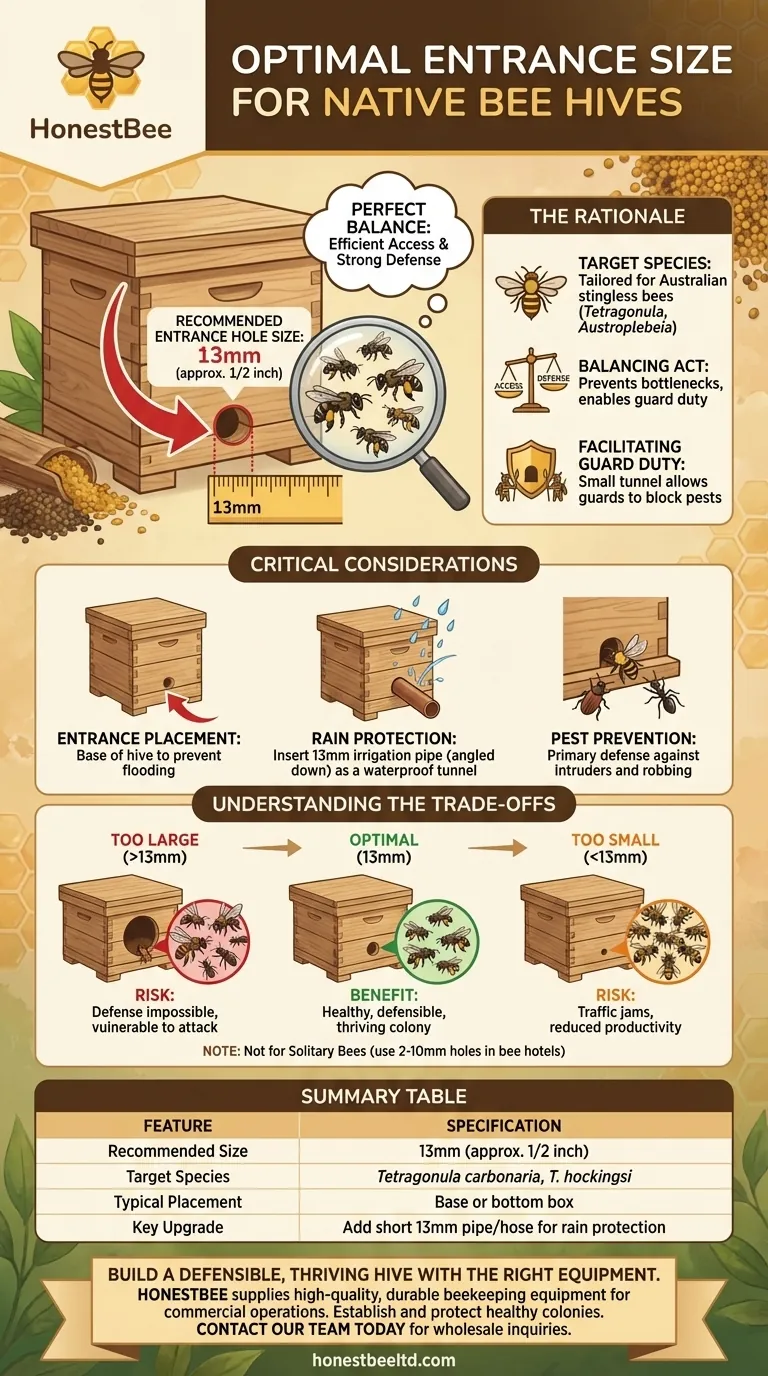
Related Products
- Beehive Entrance Reducer Guardian Metal Hive Entrance for Bees
- Multi-Functional Sliding Hive Entrance for Beekeeping
- Multi-Functional Rotary Hive Entrance Disc for Beekeeping
- Professional Reversible Beehive Hive Entrance
- Beehive Entrance Discs Plastic Bee Entrance Disc for Bee Hives
People Also Ask
- How big should a beehive entrance be? Optimize for Colony Health & Honey Production
- What are the different types of entrance reducers available? A Guide to Protecting Your Hive
- How can a Langstroth hive entrance be adjusted? Mimic Natural Bee Preferences for a Healthier Hive
- What are the two functions of the Entrance Reducer? Master Hive Defense and Safe Transport
- What happens if you seal an entrance to a bee hive? Avoid a Costly Structural Disaster


